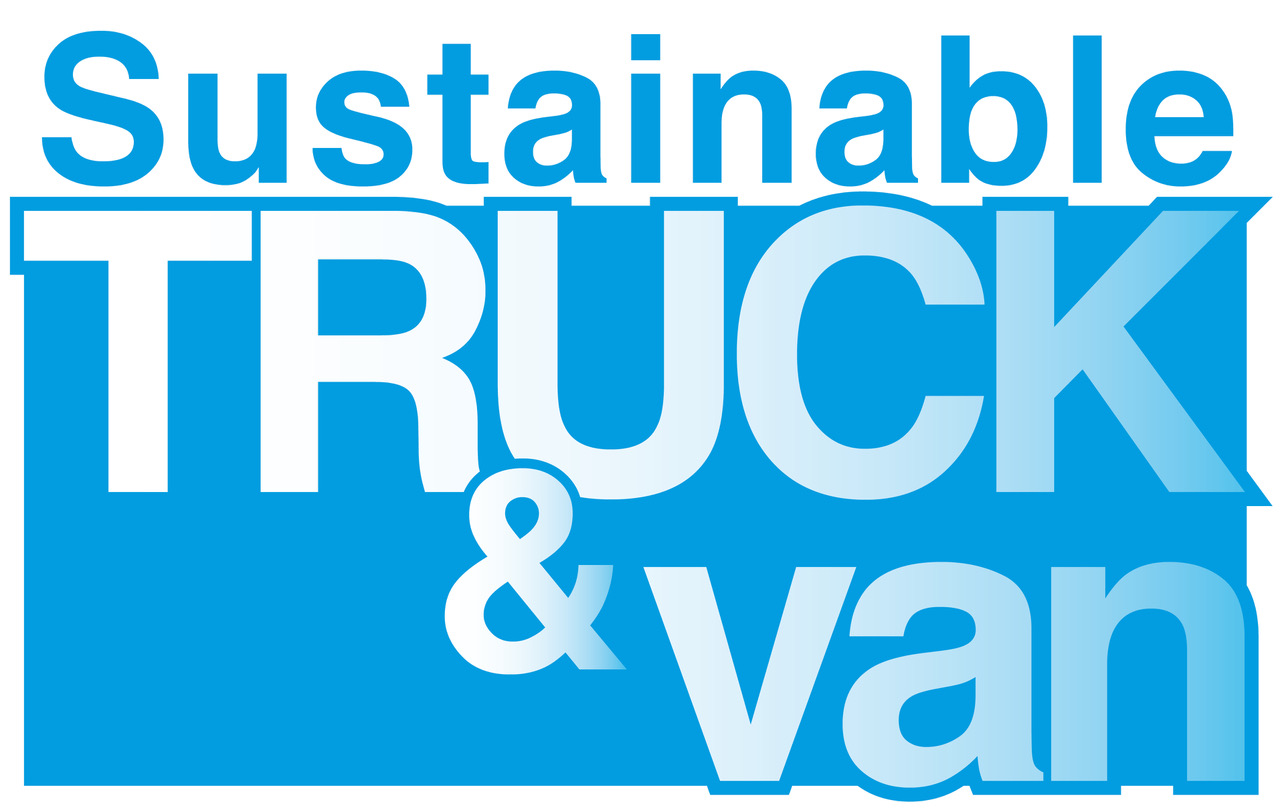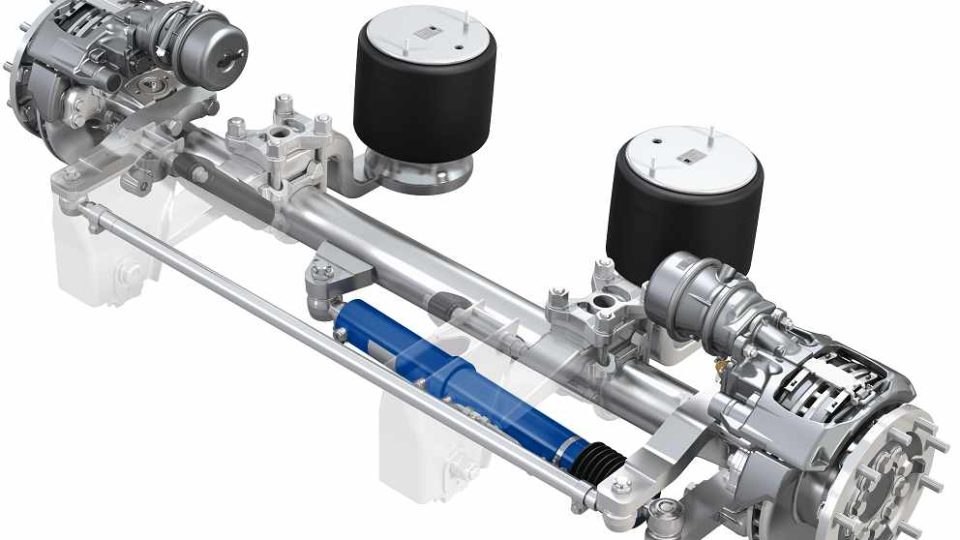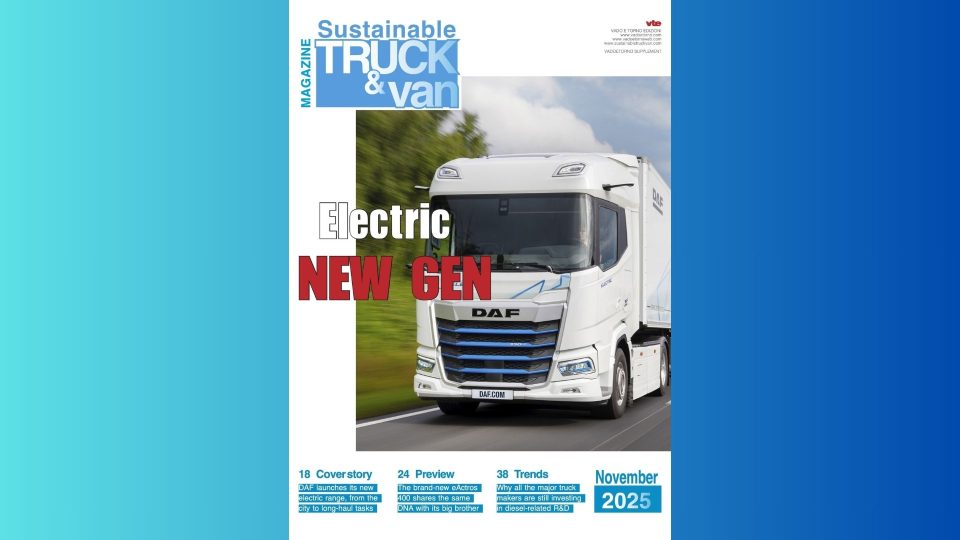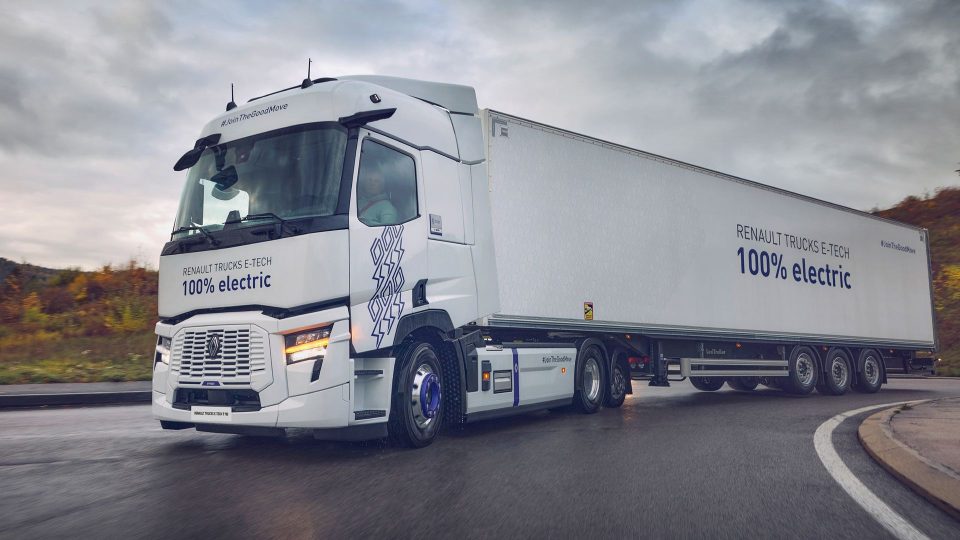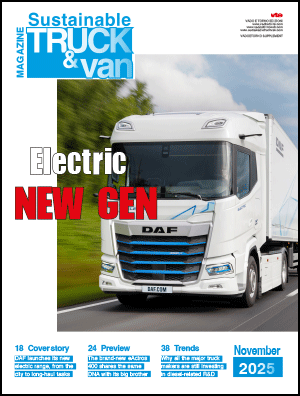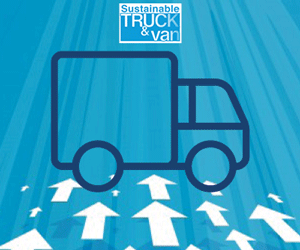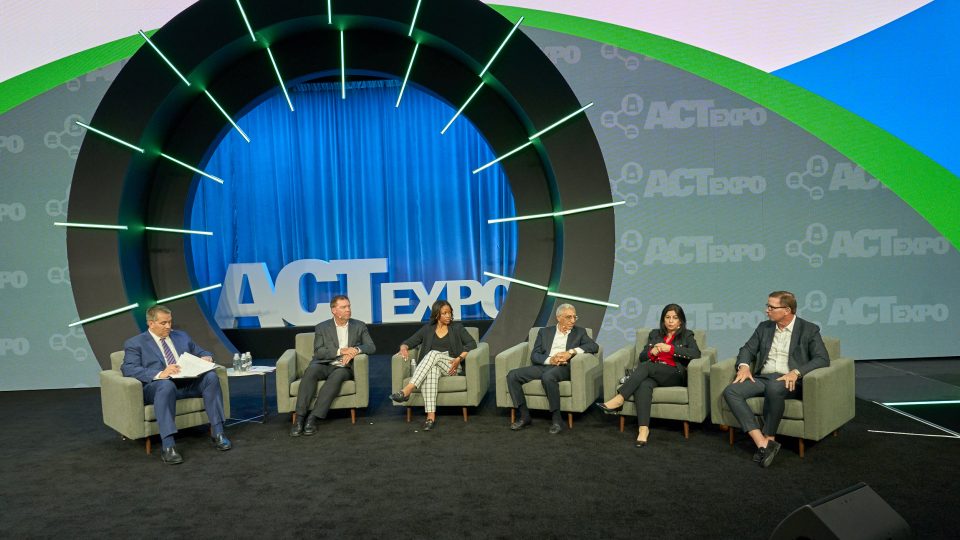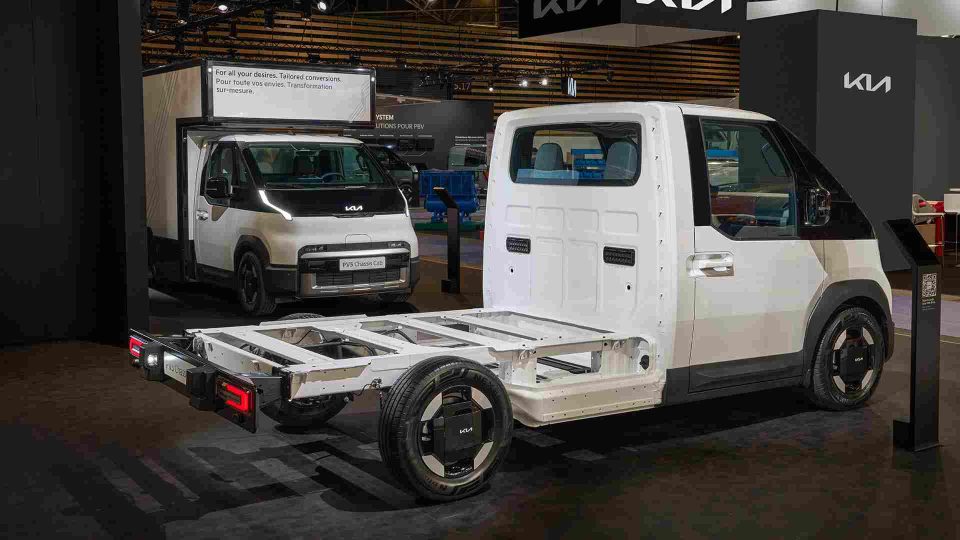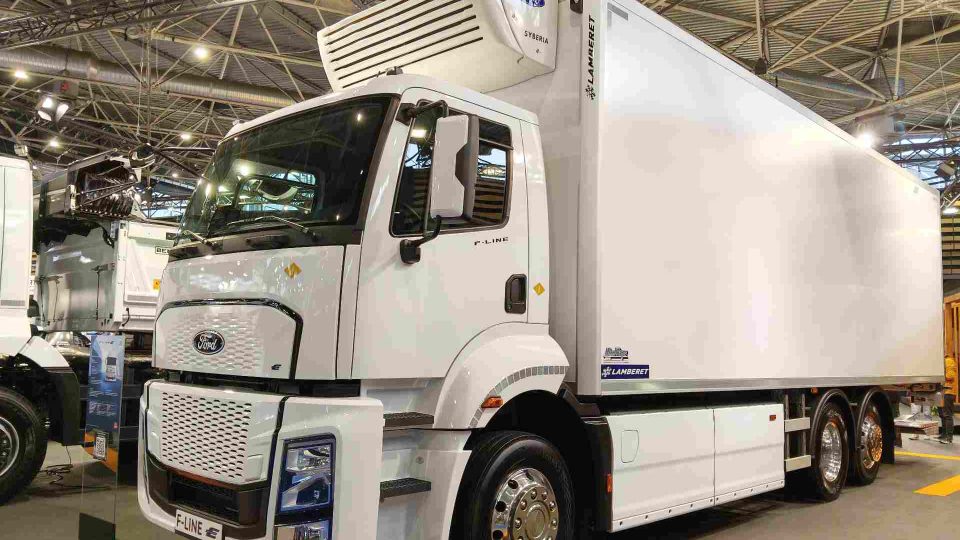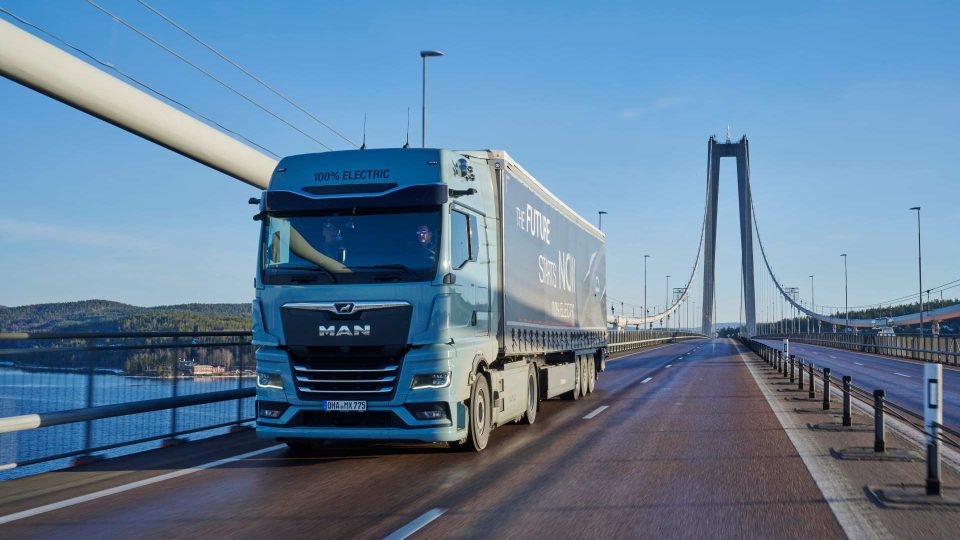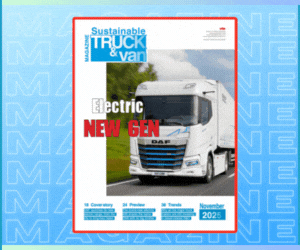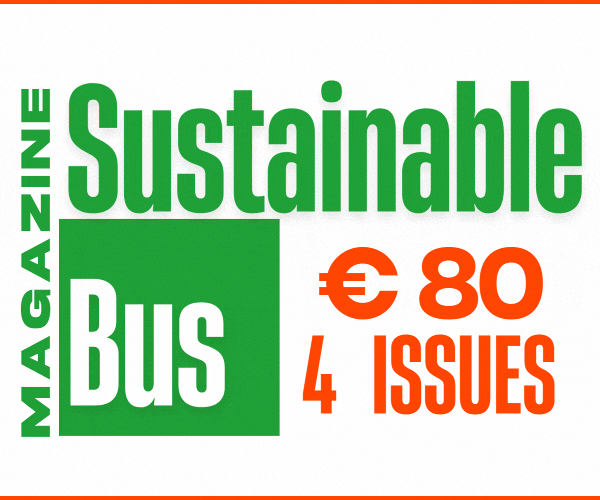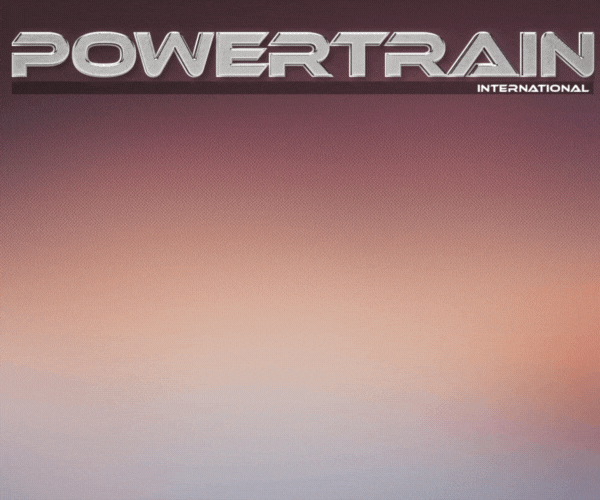ACT Expo 2025, our key takeaways from the leading U.S. show on sustainable transportation
The 2025 edition of the U.S. show attracted more than 500 exhibitors for a space that grew 40 percent since the last edition, gave more than 300 speakers the opportunity to speak, and engaged more than 100 journalists. Thanks to the careful organization, equal importance was given to the exhibition space and the conference program, in a successful bounce between confrontation, networking and inevitable business.
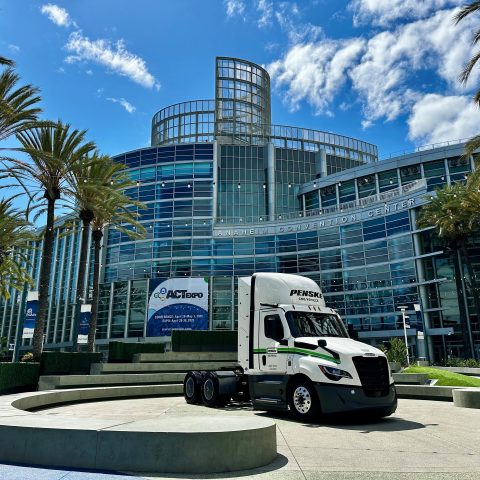
There is more than an ocean separating American and European commercial transportation. Two very different worlds in terms of traditions, dynamics, and vehicle design itself. Hard to imagine, in short, typical U.S. truck on European roads, and vice versa, those who have tried to bring a heavy-duty trucks with European styling to the States have so far been unsuccessful. Similarly, the step vans that the U.S. boast for light transport have never been digested in the old continent.
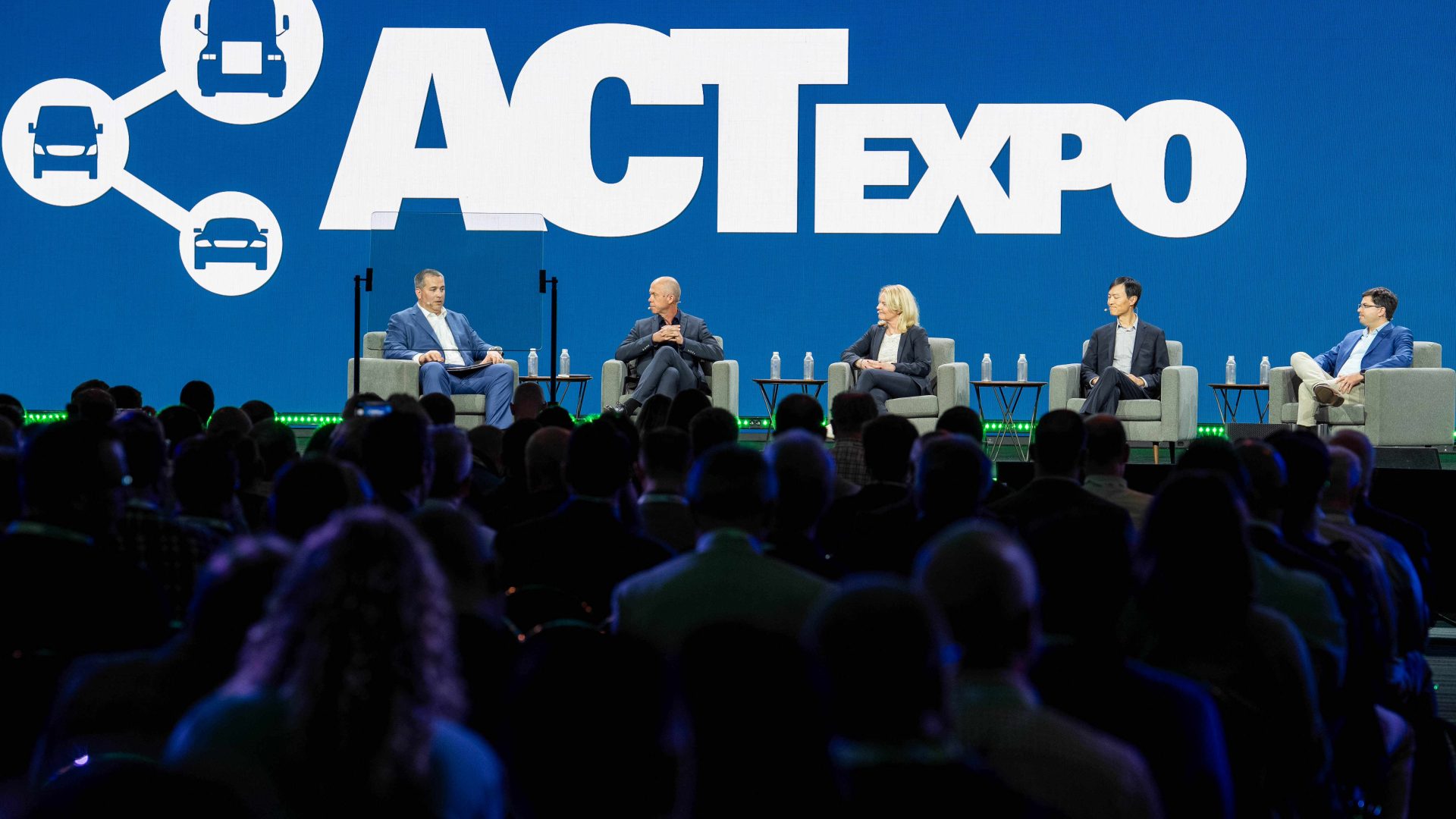
Energy transition at the core of ACT Expo 2025
However, the current energy transition is bringing the two hitherto parallel lines closer together, if possible. The need to reduce harmful emissions from commercial transportation is felt on both sides of the Atlantic, although it is being pursued in different ways. If, in fact, the United States has so far proceeded mainly on the initiative of individual states (with the Biden administration being the first to try to define a common framework), Europe is marching, more or less, united in defining the regulatory framework. Certainly, change crosses both continents, Europe and North America. Therefore, attending ACT Expo, the leading North American trade show dedicated to sustainable commercial transportation, for the first time gave us a way not only to experience the U.S. context up close for a few days, but also to understand what the interconnections with the reality closer to home may be.
ACT Expo 2025 was held in Anaheim, California. Not a coincidence, the Golden State has been by far the most active in the search for alternatives to traditional vehicles, thanks mainly to the stringent goals that some organizations, first and foremost the CARB (California Air Resources Board), have been able to express to push the entire system toward alternative fuels-from electric to hydrogen to alternative fuels from renewable energy that can reduce pollution. The 2025 edition of the U.S. show attracted more than 500 exhibitors for a space that grew 40 percent since the last edition, gave more than 300 speakers the opportunity to speak, and engaged more than 100 journalists. Thanks to the careful organization, equal importance was given to the exhibition space and the conference program, in a successful bounce between confrontation, networking and inevitable business.
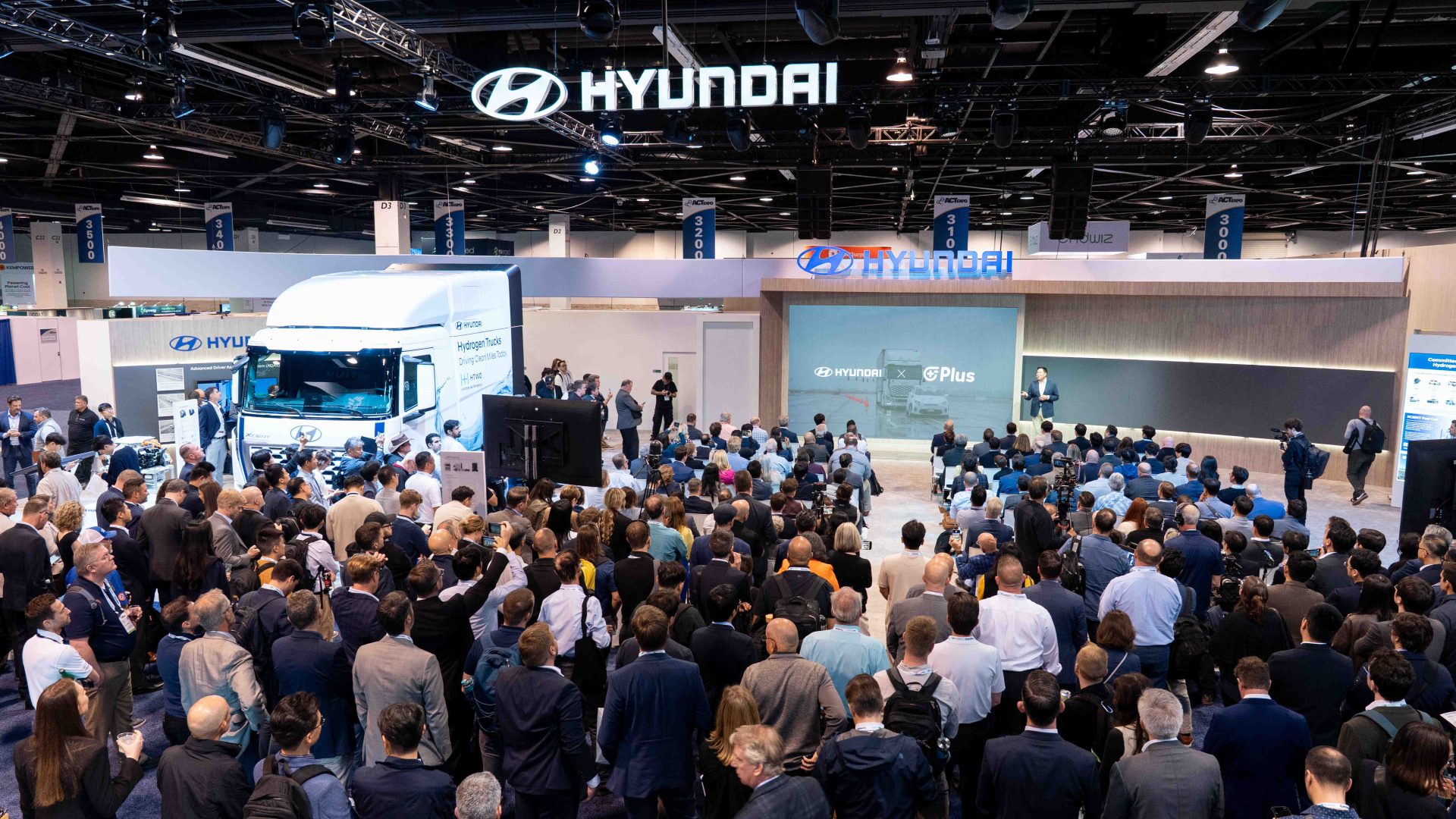
Industry is not willing to back down
Tangible presence of transportation companies and managers interested in considering a sustainable turnaround of their business. Aware, yes, of the uncertainty of the current times – exacerbated by the Trump administration’s seeming dismantling of programs and resources designed to promote clean transportation – but determined to move forward nonetheless. The message we take away from ACT Expo is that the industry is not willing to back down: so many resources have been invested in promoting new transportation, even in the United States, in order to be able to say, as the new-old president seems to want to do, ‘it was a joke’. Rather, compared to Europe, we noticed a more serene appreciation of the role that carriers such as biodiesel (Hvo or B100) and biogas can play in facilitating a faster, though not ‘zero-emission’ transition.

A scenario well summarized by Jennifer Rumsey, at the helm of quite an institution in the United States as Cummins. To pursue a concrete energy transition in an industry that is worth “a trillion dollars” and transports “11 billion tons of goods each year,” we need to proceed along three lines. Certain regulations, first, a sore point given the sudden changes of direction imposed at the national level. Focus on the entire life cycle of fuels or technologies, the very thing the industry itself is increasingly demanding in Europe. Finally, look at solutions that are effective but also pragmatic: electric is the ideal solution for certain applications, not all. And while waiting for hydrogen to show its full potential, give space and promote, precisely, solutions such as fuels from renewable sources and, why not, test the effectiveness of hybrid systems in heavy transport as well. Specifically, electrified powertrains with so-called ‘range extenders’ powered by conventional fuels.
Autonomous driving on the spotlight
Then there was a lot of talk about autonomous driving, a hot topic in the U.S. even more than in our latitudes, thanks in part to the fact that local regulations make it easier to perform tests on public roads with level 4 vehicles (the presence of the driver is still mandatory but only as a supervisor). Volvo is focusing heavily on technology with a highly advanced in-house program, while software house Plus, which works with Hyundai, the Traton brands, and IVECO in Europe, confirms leadership in the field. On the following pages we publish a review of the most interesting trucks and vans among those seen in Anaheim.
